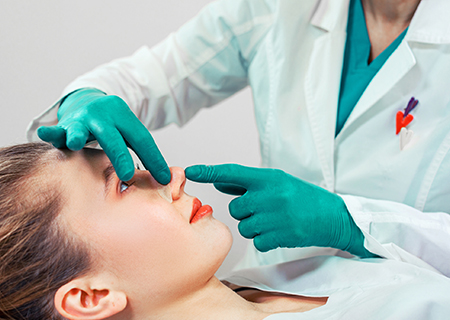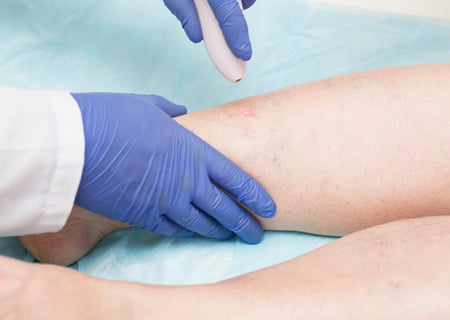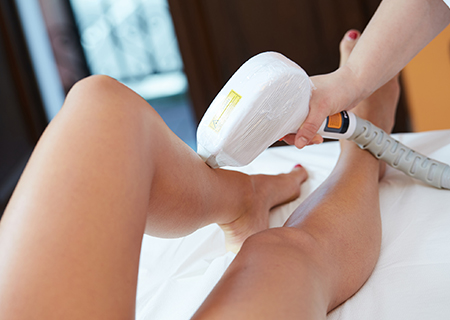Stages of Facelift Recovery

A facelift is a popular cosmetic surgery designed to rejuvenate the face by tightening underlying muscles, and tissues and addressing sagging skin. Although the outcomes can be transforming, the finest outcome is achieved mostly by means of the rehabilitation process. Knowing the phases of facelift recovery and the schedule allows patients to prepare for the healing process. We will lead you through the usual phases of facelift recovery in this post together with advice to guarantee a seamless healing process.
Facelift Recovery Timeline
| Timeframe | Physical Changes & Symptoms | Activities & Recommendations |
| First 24–48 Hours |
|
|
| Week 1 |
|
|
| Week 2 |
|
|
| Weeks 3–4 |
|
|
| 8 Weeks and Beyond |
|
|
What to Expect During Facelift Recovery
Every person recovers differently from a facelift depending on your body's inherent healing mechanism. This is a broad outline on the phases and schedule you might go through following the operation.
The First 24-48 Hours After Surgery
The first couple of days following surgery are absolutely vital. Patients are constantly watched at this time to make sure there are no immediate problems including infection or too much bleeding.
- Facelift Recovery Timeline : Expect to be sleepy and have some discomfort from anesthetic over these first 48 hours. Your face may probably feel tight; swelling and bruises are normal.
- After a Facelift Recovery Care: You will be advised to keep your head raised and refrain from moving unnecessarily. To help with any discomfort, your surgeon will prescribe painkillers.
Week 1: Managing Swelling and Bruising
People also search
The first week is when most obvious surgical effects — such as swelling and bruises around the face and neck — are noticeable.
- Swelling and Bruising : Usually starting during the first three to five days, bruises progressively go away by the end of the second or third week. Although swelling could make it difficult to see the surgical outcomes, this will go down with time.
- Facelift Recovery Photos : For tracking their facelift healing, some patients decide to take daily pictures. These can assist to record how the bruising and swelling go with time.
- Post-Facelift Recovery Tips: This week you probably have a follow-up visit to check on the healing process, remove any bandages, and make sure no issues have evolved.
Week 2: Returning to Light Activities
Many patients start to feel more like themselves by the second week when the first bruises and swelling starts to fade.
- Facelift Recovery Time : You can start working from home on a computer during this period, and remember to avoid anything vigorous that could aggravate blood flow to your face and slow down healing.
- Lower Facelift Recovery : Patients who have had a lower facelift usually find that their jawline and neck is still tight even though the swelling in these areas progressively goes down.
Weeks 3-4: Visible Improvements
The swelling and bruising should be much less as you get close to the one-month mark, and your face's final contours will start to show clearly.
- Facelift Recovery Stages : By now most obvious surgical symptoms should have disappeared, hence you should be socially acceptable and feel free to go out in public. Any last bruises can also be hidden using makeup and wearing your hair down strategically.
- How Long Facelift Recovery Takes : Most patients start to feel the long-lasting effects of their facelift within the first two months, even though you will still be mending inside.
- Post-Facelift Recovery : Your skin will be sensitive, hence you should keep following the advice of your surgeon on skincare and avoiding direct sun exposure.
8 Weeks and Beyond: Final Results
By eight weeks, you should be feeling much more like yourself and most of your rehabilitation will be over. As remaining swelling reduces, the ultimate effects of the facelift will be more obvious.
- By now you should probably have a last follow-up visit to your surgeon to evaluate the outcome and make sure everything is healing as it should.
- Patients who have a lower facelift will find more defined jaw lines and smoother neck outlines.
Factors That Affect Facelift Recovery
Several elements can affect the facelift healing period, including:
- Personal Health: Your speed of recovery is much influenced by your general condition. People in good physical condition and nonsmoking people sometimes show speedier healing rates.
- Following your surgeon's post-operative advice closely will greatly affect the speed and degree of smoothness of your recovery.
Tips for a Smooth Facelift Recovery
Here are some basic ideas to maximize your recuperation and guarantee best results:
- Follow Your Surgeon’s Instructions : Your surgeon will give thorough post-operative care instructions. Minimizing problems and encouraging faster healing depend on following these directions.
- Rest and Elevate Your Head : To help with swelling, keep your head raised as you relax. For the first several weeks, steer clear of bending over or hard lifting.
- Stay Hydrated and Eat a Healthy Diet : Healing calls both proper nourishment and hydration. Emphasize a well-balanced diet high in protein, minerals and vitamins that encourage tissue healing.
- Avoid Smoking and Alcohol : Alcohol and smoking might disrupt the healing process. Dr. Zakhary will require to stop smoking one year prior to facelift surgery and to Avoid alcohol at least a 4 weeks prior to and following surgery or as advised by your surgeon.
- Be Patient : Healing takes time, hence it's crucial to provide your body the time it needs to heal completely. Over several months, the outcome of your facelift should keep getting better.
How Long Does Facelift Recovery Take?
While everyone's full facelift recovery period is unique, most patients should expect notable results in the first few weeks. By the three-week mark, patients usually can resume their regular activities; most of the swelling and bruising disappears by the six to eight week period. Still, it could take up to six to twelve months for all swelling to go down and for the final results to be totally apparent.
Conclusion: A Well-Managed Recovery Leads to the Best Results
Achieving good outcomes from your operation depends critically on the schedule of facelift recuperation. A good recovery will depend on your knowledge of the several facelift recovery phases, what to expect, and how you follow your post-operative care guidelines. Considering your recovery will assist you to appreciate long-lasting, rejuvenated outcomes.
We strongly recommend making an appointment with Facial Cosmetic Surgery for a consultation if you are thinking about a facelift to further understand about the operation and what to expect during recovery.
















